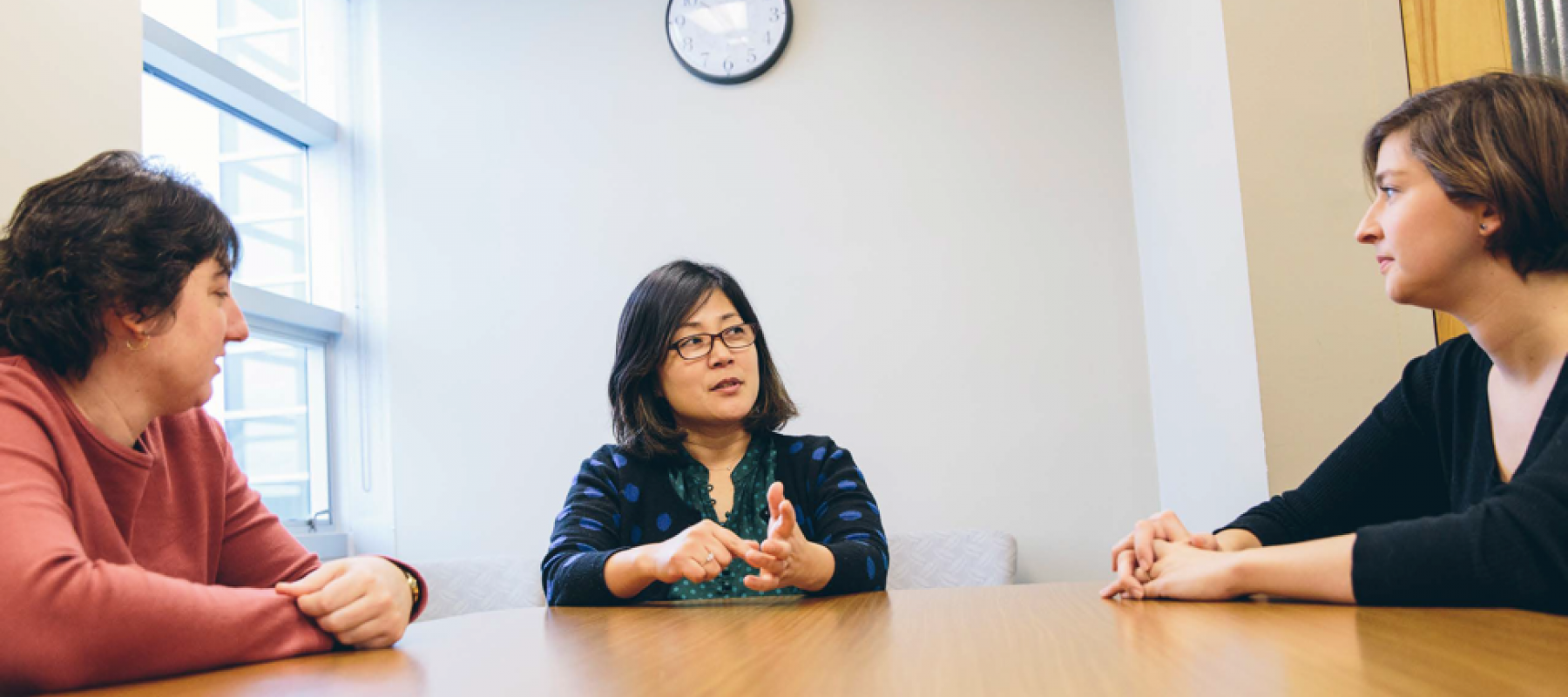
Exploring the Mobility Rates of Foreign Born Faculty
In the CHAE Report (Fall 2015), Dr. Kim discusses mobility rates in foreign born faculty in higher education in the U.S.
Written by Kevin Miller, doctoral student
Faculty turnover comes at a high cost to colleges and universities, creates discontinuity in programs and research, and forces departments and colleges to spend resources on recruitment, mentoring, and start-up funding for laboratories and other research. While a significant body of literature exists on the issue of faculty turnover, very little of that literature focuses on the turnover of the growing demographic of foreign-born faculty members; most of the literature that does exist focuses on “stay-rates,” or the rate at which foreign-born faculty members stay in the United States versus returning to their home countries.
Associate Professor Dongbin Kim believes, given the growing demographic of foreign-born faculty in the U.S., studying mobility rates from a broader perspective than “stay-rates” is critical. Using the National Science Foundation (NSF) Survey of Doctorate Recipients (SDR) in 2003 and 2010, she focused on two different research questions: (1) What is the mobility rate of foreign-born faculty members within American higher education; and (2) What is the actual mobility rate of foreign-born faculty members versus those who state their intention to leave?
In her comparison of faculty members who responded to the SDR survey in both 2003 and 2010, Kim discovered various similarities and differences between responders who were foreign-born and responders who were U.S.-born. In terms of similarities, more than 70% of each group were male and married. Also, among both groups, approximately 94% stayed within academia; of those who stayed within academia, approximately 86% stayed at the same institution. However, difference between the two groups existed around the rate at which members of each group moved to administrative positions: approximately 16% of foreign-born faculty members shifted from faculty to administration versus 22% of U.S.-born faculty members.
Kim believes some of this difference may be due to voluntary decisions by foreign-born faculty to avoid administrative positions. Foreign-born faculty members are more productive (in terms of publications) than non-foreign-born faculty, and Etzioni (1964) makes the case that “most successful professionals are not motivated to become administrators” (pp. 83) due to their commitment to professional values and organizations or their belief that they may lack the skills necessary to become successful administrators. At the same time, foreign-born faculty may lack (or be denied) the opportunity to gain experience or to prove their skills in leadership and communication, which are key skills for administrators. Kim asserts that the conflict between voluntary and non-voluntary decisions is key to understanding foreign-born faculty mobility into administrative positions and that the professional experiences foreign-born faculty members have in higher education matter in understanding their mobility rates.
Given her understanding that foreign-born faculty members are both less satisfied with their experiences as faculty members and more productive in terms of publications, Kim finds the lack of difference between the two groups’ mobility rates within and across higher education institutions in the United States surprising. She argues that professional experiences, including autonomy and independence, have an impact on faculty mobility patterns and higher education policy makers who wish to improve faculty retention should focus on improving those experiences for faculty. She concludes that further research is necessary to better understand (1) foreign-born faculty mobility rates and (2) the factors that influence faculty mobility as a whole.
Reference
Etzioni, A. (1964). Modern organizations. Englewood Cliffs, NJ: Prentice-Hall.



